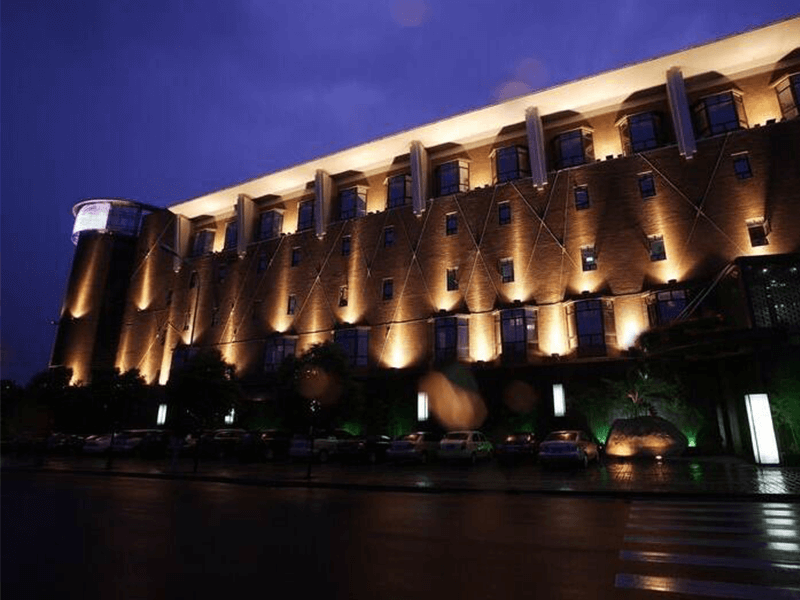Q: Why is proper lighting essential for a horse arena?
A: Proper lighting is crucial for the safety of both riders and horses. It enhances visibility, reduces the risk of accidents, and creates an optimal environment for training and competitions.
Q: What color temperature is recommended for horse arena lighting?
A: A color temperature of 5000K is recommended for equestrian competitions to provide excellent detail for media coverage. For practice and training in residential arenas, a warmer 2800K is often preferred.
Q: How does beam angle affect outdoor horse arena lighting?
A: Outdoor lighting often requires narrower beam angles for long-range coverage (10-25 degrees) and wider angles for short-range illumination (40, 60, or 90 degrees). This ensures proper light distribution over varying distances.
Q: What is the significance of the Color Rendering Index (CRI) in horse arena lighting?
A: The CRI measures how accurately colors are rendered under a light source. A correct CRI is essential for natural visibility, ensuring that horses and riders appear true to life.
Q: How do LED lights address flicker issues in horse arenas?
A: LED lights experience fewer flicker problems due to their rapid frequency of flashes per second. Professional arenas often recommend the use of LED lights to minimize flicker-related concerns.
Q: Why is glare control important in equestrian lighting?
A: Excessive glare can cause discomfort for spectators and pose risks to horses and riders. It’s crucial to balance glare levels, maintaining a scale from discomfort to invisible, to create a visually comfortable environment.
Q: What Lux levels are suitable for different horse arena activities?
A: Recreational and training arenas commonly feature Lux levels of 100-200 for activities. Club-level events may require higher Lux levels ranging from 200-300, while professional equine events often demand 500 Lux for optimal visibility.
Q: How does lighting uniformity impact competitive equestrian events?
A: Lighting uniformity, often measured between 0.5 and 0.7, is vital for competitive events. It reduces eye strain, enhances the performance of horses and riders, and provides a comfortable viewing experience for spectators.
Q: How does the ceiling height affect the choice of beam angle in indoor horse arena lighting?
A: The ceiling height plays a significant role in determining the beam angle for indoor lighting. Taller ceilings may require narrower beam angles, while lower ceilings benefit from wider angles to ensure even light distribution.
Q: What are the recommended lighting fixtures for flat, vaulted, and side lighting in horse arenas?
A: For flat ceilings, efficient lighting options include UFO-shaped downlights or half-dome fixtures. Vaulted roofs may require special brackets for downward-facing lights. The same brackets can be handy for side lighting, directing light to specific areas.
Q: Why is adaptability to future technologies important in horse arena lighting systems?
A: LED technology allows for easy integration with future advancements, ensuring that horse arenas remain equipped with state-of-the-art lighting solutions. This adaptability positions facilities to embrace emerging technologies in the lighting industry.
Q: How can proper installation and placement of lights contribute to a seamless riding experience?
A: Tailoring mounting heights, perfecting spacing and layout, and implementing glare reduction and shadow elimination strategies contribute to uniform illumination. This, in turn, creates a well-lit and comfortable riding experience for both horses and riders.
